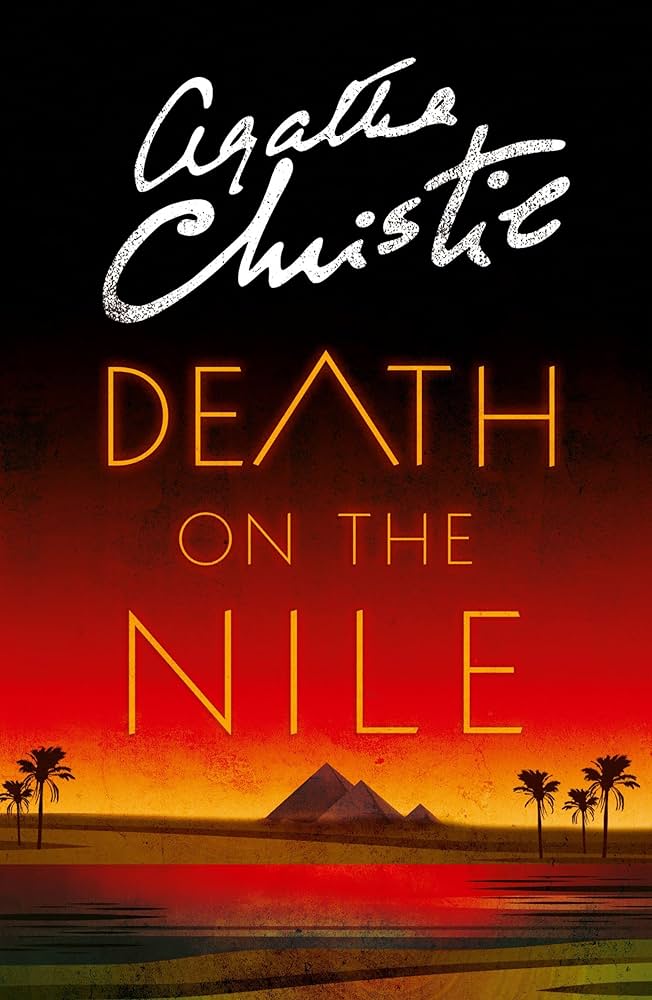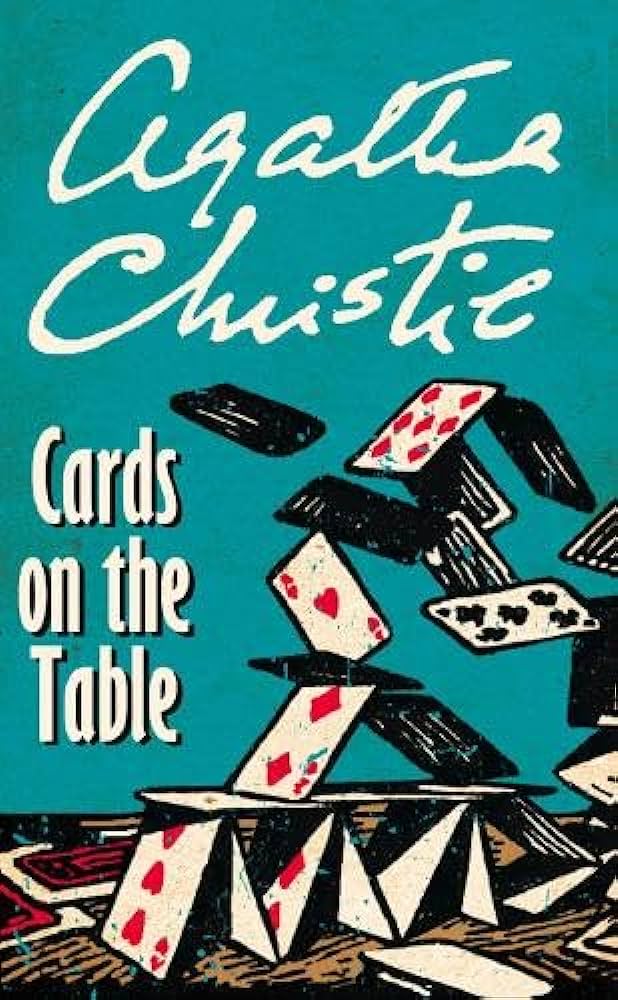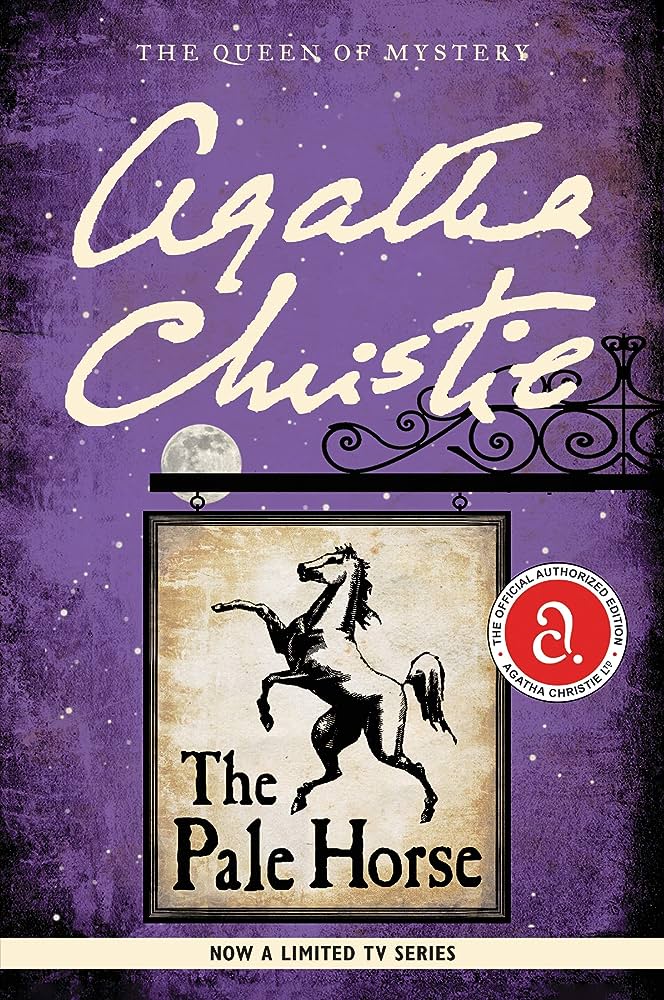From exotic poisons to mundane daily objects, murder weapons in an Agatha Christie mystery forms a piece of the grand puzzle she sets up for the reader to uncover and amass together, generation after generation. Learn about them below.
Agatha Christie, known as the Queen of Detective Fiction and Mystery, was as ingenious in her stories as she was in the instruments that pivoted the stories to where they ultimately led. The great dame of mystery fiction once wrote, “The impossible could not have happened, therefore the impossible must be possible in spite of appearances.” This sentiment is often echoed in her work, shining most brightly through the sheer ingenuity of the murder weapons in her stories.
A treasure trove of enigmatic methods through which she ended her various characters’ lives, always untimed, always creatively, her books are replete with meticulous plots and deadly devices that enthral her readers.
In this article, we shall embark on an equally thrilling journey through her 5 best murder weapons, revealing the secrets hidden within these [mostly] innocuous objects [without giving too much away from the mystery, of course!].
Death on the Nile

Death on the Nile was first published in 1937 and has since become a timeless classic in the realm of mystery fiction. It is one of Agatha Christie’s most celebrated works, having been adapted into multiple iterations on television, theatre, the silver screen, etc.
The story begins with iconic detective Hercule Poirot seeking a peaceful vacation along the serene waters of the river Nile. However, his hope for a tranquil journey is soon abandoned, and he becomes entangled in an intricate web of jealousy, betrayal, and murder. Onboard a luxurious river cruiser called Karnak, a melange of characters emerges, and tensions cut through the air as the mystery unfolds. An elegant young heiress, Linnet Ridgeway, is found dead in her cabin during the voyage. The list of suspects being extensive, the motive remains unclear. The murder weapon here is a deadly blowgun – a weapon pretty unlikely and out of place against the opulent setting of the cruise. As the story unfolds, Poirot weaves through tales of love, lust, lies, deceit, and passion. The blowgun symbolizes a little bit of exoticism – an unusual choice in the world of elitism and a challenge to Poirot’s deductive skills.
A Pocket Full of Rye

A Pocket Full of Rye, first published in 1953, begins in the seemingly quiet village of Wychwood-under-Ashe. All of a sudden, a wealthy but reclusive businessman, Rex Fortescue, dies while having his morning tea. Initially, his death is thought to have been because of natural causes, but a handful of rye grains are discovered in his pocket, and all theories go for a toss.
Following the adage “The first suspect is the second victim”, Rex’s wife, Adele, suddenly dies the following morning in a similar manner, followed by their housemaid. The investigation falls into the much capable hands of Miss Marple, an Agatha Christie classic. Miss Marple soon dives into a family history of family secrets, greed, and many past sins. Christie has multiple books following nursery rhymes, and here, the victims seem to be linked by a sinister poem. As the mystery deepens, the following murder appears to mirror a line from the rhyme.
The murder weapon in the book is poison – one of Agatha Christie’s most common from her arsenal. Poison in the form of taxine, derived from yew berries, is administered through the rye grains, alluding to the nursery rhyme “Sing a song of sixpence”, which mentions blackbirds based in a pie.
Cards on the Table

Cards on the Table begins with a flamboyant, gregarious Mr. Shaitana meeting Hercules Poirot and bragging about his crime collections. He invites Poirot to a dinner with people who he claims are criminals who have escaped the jaws of justice. It is no ordinary gathering of bridge players – each with their own secrets and hidden motives. During the bridge game, Shaitana is mysteriously murdered, stabbed with a “stiletto” [dagger] from his own collection. With the murder weapon concealed in plain sight, Poirot is called upon to solve this mystery. He then teams up with Superintendent Battle to investigate, focusing his attention on the four bridge players and four dinner guests – each a potential suspect on their own terms.
The murder weapon in the book is a dagger from Shaitana’s collection of exotic weapons. The dagger’s presence among the guests, displayed as an innocuous part of Shaitana’s collection, serves as a metaphor for the concealed motives and secrets of the characters. It goes to show Christie’s nifty usage of suspicious objects to create an atmosphere of apprehension and agitation.
The Big Four

Published in 1927, The Big Four was compiled by Christie when she was going through a harrowing separation from her first husband. It is a series of short stories that she had previously written, combined and made coherent as a novel with the help of her then-brother-in-law. Not a traditional murder mystery, The Big Four opened up the possibility that Christie may also venture into some sort of spy fiction thrillers with her writing, a hope that remains largely unfounded in the long run.
The novel starts with an unexpected visitor dying in Hercules Poirot’s bedroom on a visit. Constantly repeating The Big Four as his last words, Poirot’s friend, Captain Arthur Hastings, jokes that it must be the “Mystery of the Big Four”. It seems that the visitor was involved in some international mafia business, and the clandestine group of four masterminds poses a global threat with their sinister plans. Political espionage, psychological warfare and manipulation, and, of course, murder are some of the themes that the book involves. The book also introduces some novel methods of assassination employed by ‘The Big Four’ to get rid of their enemies. Noxious injections, deadly explosions, and exploding food items are some of the murder instruments used by Christie in this book.
The Pale Horse

The Pale Horse begins with a chance encounter at a country inn. Mark Easterbrook, a historian and the main narrator, stumbles upon a list of names belonging to three women and one elderly priest, all of whom are deceased. Intrigued by the list and curious about its connection to a “pale horse,” Easterbrook becomes embroiled in the mystery. Investigating further, he has to entangle into and untangle dark secrets and what seems like witchcraft tied to the murder. He also finds himself with the mythical “Three Witches”, learning that the murders aren’t caused by any physical object but rather by a belief in witchcraft and the casting of evil curses.
The book explores how the fear of the supernatural and the power of suggestion, especially to the impressionable, can be used to manipulate humans and even orchestrate their deaths. At first sight, the victims seem to have died of natural causes, but there is an air of ill-omened menace around them. This book, unlike many of Christie’s typical novels, dives into the world of supernaturalism but remains firmly still on the ground. It plays with the human mind and explores the potential effect our thoughts and beliefs can manifest in ways we cannot always comprehend. It’s a great book to pick up if you are tired of the average Christie book but can’t get enough of her writing!
By the Same Author: Must-Read Indian Crime-Thriller Novels You Should Read


